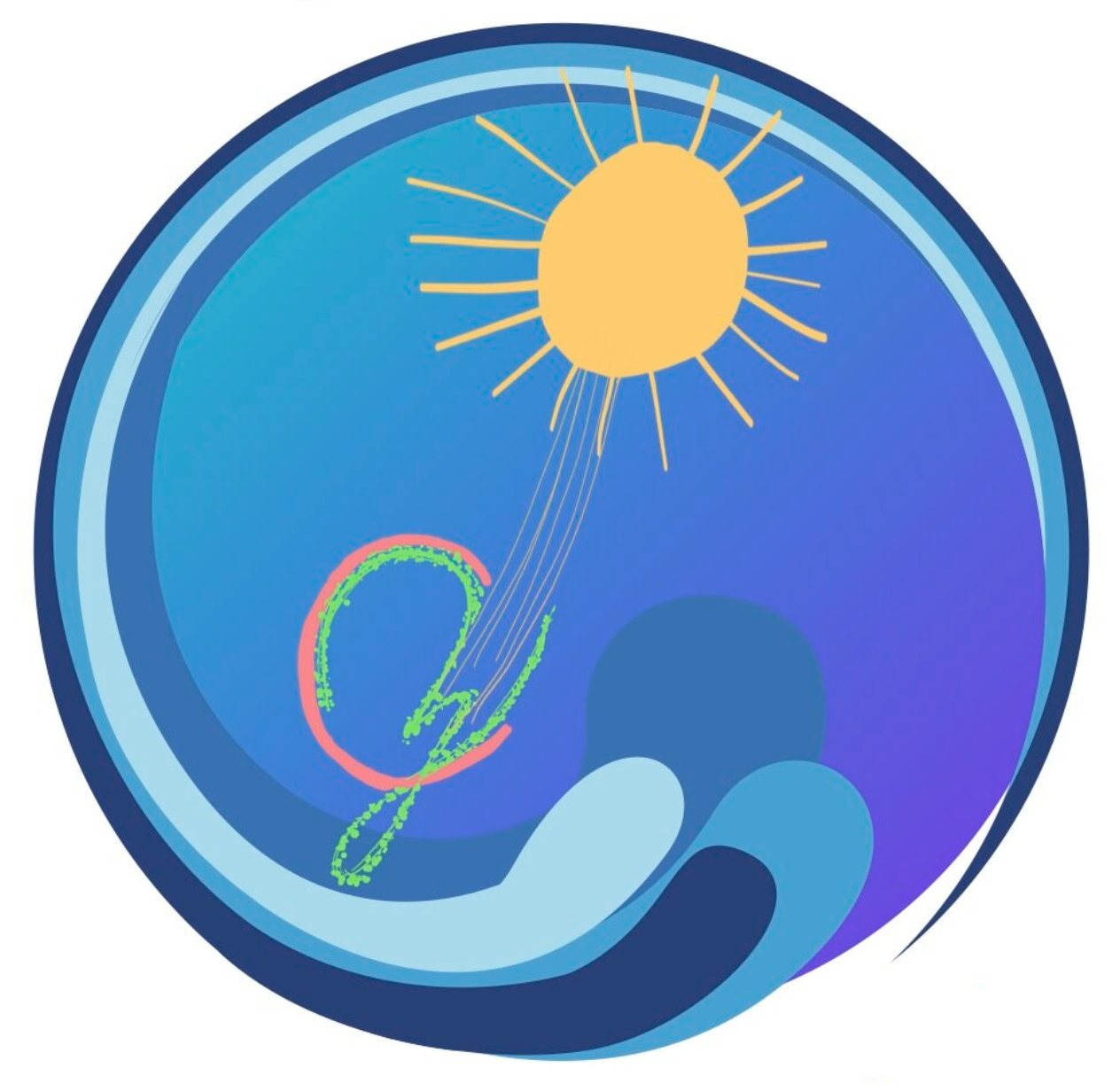Coral structures are built by thousands of soft-bodied animals called polyps
They have only one opening: their mouth.
They use their tentacles called nematocysts (stinging cells) to capture small prey and pull it into their mouths.
Polyps have a soft, sac-like body and are mostly stomach.
There are many different types of corals. They vary in size, shape, growth rate, and pattern, mostly categorized by hard and soft corals. The have different ideal growth conditions.
All coral reefs worldwide cover an area about the size of France.
Corals cover <0.1% of the ocean floor yet provide habitat to 25% of all marine life
How do they do this?
They are powered by zooxanthellae.
These tiny symbiotic algae live within the coral’s tissues and give the coral its color. They make coral “solar powered” and provide 90% of the coral’s food through photosynthesis. With this energy, polyps are able to secrete a limestone skeleton to build coral structures.
Coral reefs are the most productive and biodiverse ecosystems on the planet.
Millions of species of fish, invertebrates, algae, and more rely on coral reefs for food and safety — including us!
They are a significant food source for more than 1 billion people worldwide.
Coral reefs are also known as Capitals of the Ocean.
They provide food and shelter to 25% of all marine life.
Corals are essential to all marine life.
We may not realize it, but coral reefs are tiny creatures that power that our entire world
Corals rival rainforests
with the amount of oxygen
they produce and carbon they fix.
They build the home
for millions of ocean creatures:
1 in every 4 animals of the sea
inhabit coral reefs
Coral Reefs are the most productive and biologically diverse ecosystems on the planet
Coral reefs support billions of jobs and entire industries.
They could even hold the cure for many diseases.
The value of coral reefs worldwide is over $9.9 trillion dollars.
That’s 3 times more than the value of oil worldwide.
Corals are projected to disappear by 2050
if we don’t make a change.
Coral Reef Devastation Around The World
THE BEDROCK OF LIFE
For millions of generations, corals have been growing to form the bedrock of life.
While they make up less than 0.1% of the ocean’s floor, they are hubs, homes, and provide the food source for over a quarter of the ocean.
In just one generation, we’ve managed to nearly obliterate the frameworks of our oceans.
When we lose our coral, we lose 1/4 of all species in the ocean as well, which affects the rest of the species in the ocean, our ecosystem, and us.
GLobally, less than 50% of corals remain
There is no single animal that humans rely on more than corals
THE CONTROLLABLE THREAT
Since we started oxybenzone use in the 1980’s, corals have begun to decline.
Over 28 million pounds of sunscreen enters the areas around reefs each year.
Over 1 million pounds of oxybenzone enters the areas around our reefs each year, where it stays and accumulates in and on reefs, contaminating everything for decades (found in 97% of Americans).
BANS WORK
Hawaii has always been a leader in ocean safety and environmental consciousness. It became the first state to ban oxybenzone and octinoxate in May of 2018.
It has been proven that when bans are implemented, as has been done in Hawaii and Palau, the ocean life starts to come back, and the area can become a hotbed for life.
It’s all about connections
Coral polyps need zooxanthellae to form underwater kingdoms.
Coral Force+ Zooxanthellae Force = Sea Force
TOGETHER THEY BUILD AN UNDERWATER KINGDOM
Coral Polyps are connected, allowing them to share nutrients, but rely mainly on
Z-Force to keep them building
Coral Force comes from the zooxanthellae living within the polyp‘s tissues in a symbiotic relationship harvesting the energy from the sun.
Alone, they are weak, vulnerable.
Together they are strong, able to build an underwater kingdom, the Sea Force, protecting all.
Coral bleaching equals loss of zooxanthellae
Zooxanthellae are tiny photosynthetic algae that give coral its color.
Oxybenzone causes complete and rapid bleaching of corals.
Understanding Corals
CORAL POLYPS
Coral polyps are tiny animals that range from the size of a pinhead to larger than a basketball.
Polyps have tentacles to catch food such as microplankton to bring into the mouth.
The tentacles are covered in nematocysts, stinging cells which paralyze their prey.
AN INSIDE LOOK
Polyps are mostly stomach.
Once they catch prey through their tiny mouth, it is digested by the stomach.
Limestone skeleton
Hard corals secrete a limestone skeleton, slowly building what we call corals today.
Corals are connected
Corals are translucent.



















